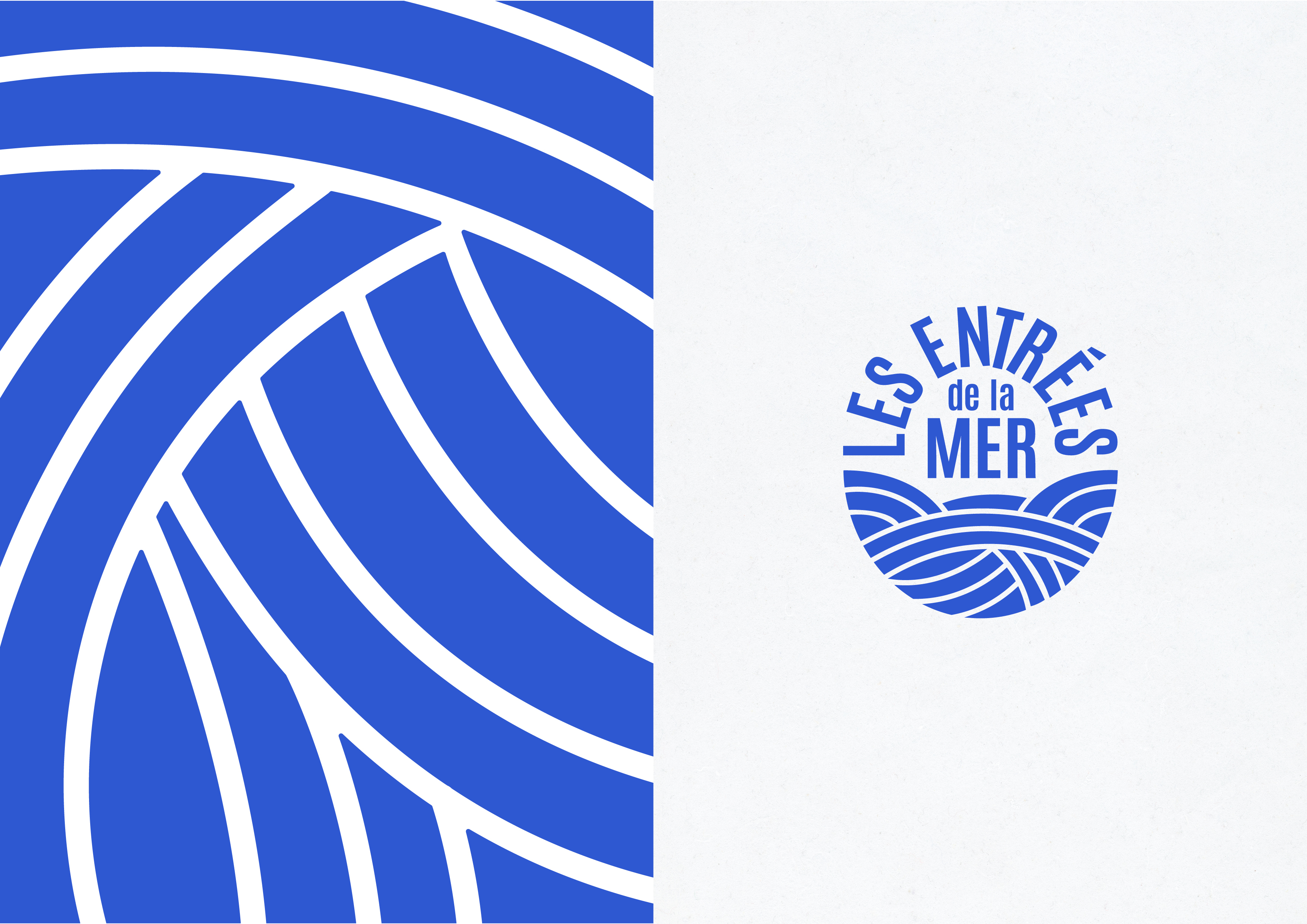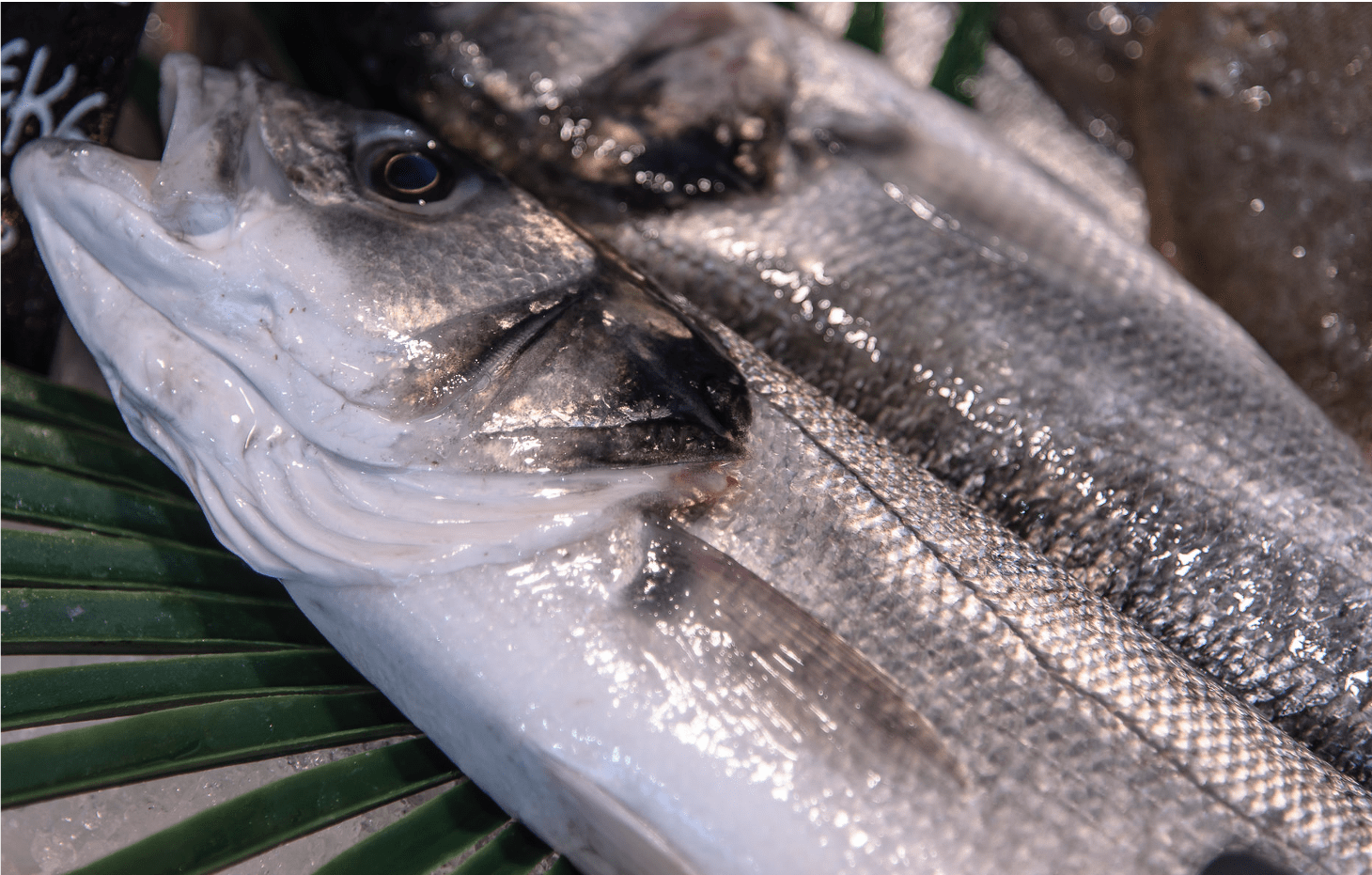Jérôme Dubois is a French chef and teacher of French cuisine. He was born on 21 July 1965 in Boulogne-sur-Mer. From 1980 to 1986, he was a hotel and catering student at the Lycée Hôtelier du Touquet hotel school. He gained his first accolade as a student in 1982 when he was awarded the title “Meilleur Apprenti de France” (Best Apprentice in France).
After his studies, he gained experience in numerous restaurants and hotels. First, he worked for Robert Bardot in the two-Michelin-star restaurant Le Flambard in Lille and later took up a post in the kitchen of Le Palace le Crillon in Paris. He went on to work as a chef at the Ministry of Industry and at Le Manoir Hôtel in Le Touquet.
After his experiences in cuisine, he wanted to move his career in a new direction and he resumed studies in Toulouse, to qualify as a teacher of cuisine. With a strong attachment to his home region, he returned to the Pas-de-Calais to work as a teacher at the Lycée Hôtelier du Touquet, where he competed in and won numerous culinary competitions such as the Grand Prix Culinaire August Escoffier, the Toque d’Or Internationale competition and the Trophée National de Cuisine et de Pâtisserie organised by the Académie Culinaire de France. A semi-finalist in 2000, he achieved the title of Meilleur Ouvrier de France, Cuisine, in 2004.
He decided to transmit his experience to his students, and with his Lycée Hôtellier du Touquet students he prepared for numerous culinary competitions. He thus contributed to the reputation of that institution, offering many students the opportunity to shine and win awards.
Today, some of his students have themselves become MOFs, and run Michelin-starred establishments. Among them are Meilleur Ouvrier de France Pierre Caillet and his Michelin-starred restaurant, Le Bec Cauchois, Francois Adamski and Stéphane Collet, both holders of the Meilleur Ouvrier de France title, and Alexandre Gauthier who runs the two-Michelin-starred La Grenouillère in Montreuil (62).
Technical consultant to the company BONDUELLE for 20 years, and to Cacao BARRY for ten, he became technical consultant to Les Entrées de la Mer in 2010 and has been a shareholder since 2017. Jérôme brings us the benefit of his extraordinary knowledge of French cuisine, his rigour and his good humour. Uncompromising as to the taste and presentation of our products, he has given rise to our recipes, which also bear his name.



